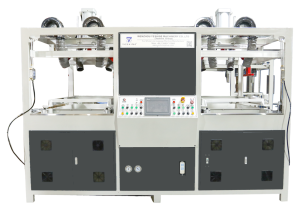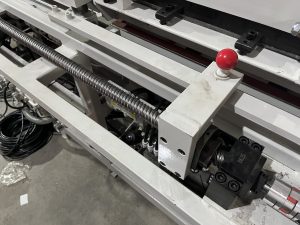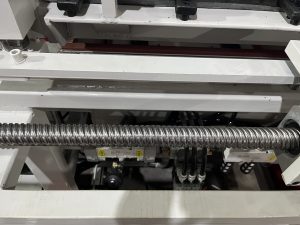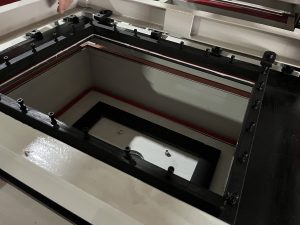Ⅰ.Core Principles of Vacuum Forming
1. Thermoplastic deformation: Plastic sheet (0.3-3mm) is heated to glass transition temperature by infrared (such as ABS: 110-130℃)
2. Vacuum adsorption forming: 0.08-0.1MPa negative pressure adsorption forming is formed through the vacuum hole of the mold (aperture 0.8-1.2mm)
3. Cooling and shaping: Water cooling system (5-15℃) or air cooling to achieve rapid shaping (cooling time accounts for 30-40% of the cycle)
II. Material engineering selection
1. Commonly used material comparison:
– ABS: tensile strength 40-50MPa, suitable for hard box
– PP: flexural modulus 1.5GPa, suitable for lightweight design
2. Thickness selection:
– Small box: 1.0-1.5mm
– 28-inch suitcase: 2.0-2.5mm
– Industrial protective box: 3.0mm+
III. Key points of process control
1. Temperature curve management:
– Preheating zone: 160-180℃ (sheet softening)
– Forming zone: 120-140℃ (maintain ductility)
– Cooling rate: ≥15℃/min (prevent crystallization defects)
2. Vacuum timing control:
– Pre-blowing delay: 0.5-1.5s
– Main vacuum duration: 3-8s
– Demolding backblowing pressure: 0.02-0.05MPa
3. Mold design criteria:
– Demolding slope ≥3°
– Fillet radius R≥2t (t is material thickness)
– Rib aspect ratio ≤5:1
IV. Innovative technology trends
1. Composite structure molding:
– EVA/plastic sandwich blister (shock absorption performance increased by 40%)
– Embedded hardware synchronous molding technology
2. Intelligent control:
– Infrared thermal imaging real-time monitoring of temperature field
– Adaptive vacuum system (PID dynamic adjustment)
3. Sustainable manufacturing:
– Bio-based PLA material application (carbon footprint reduced by 60%)
– Online waste recycling system (recycling rate > 85%)
V. Cost optimization strategy
1. Improved mold life: surface DLC coating (life extended by 3-5 times)
2. Energy consumption control: waste heat recovery system (energy saving 15-20%)
3. Material utilization: Nesting algorithm optimization layout (saving 8-12%)
The blister process is particularly suitable for boxes that require complex curved shapes (such as photographic equipment boxes and medical equipment boxes). Its unit cost is 30-50% lower than injection molding (in small batch production). It is recommended to combine FEA simulation to verify the stretch ratio and establish a DOE experiment to optimize the process window.




